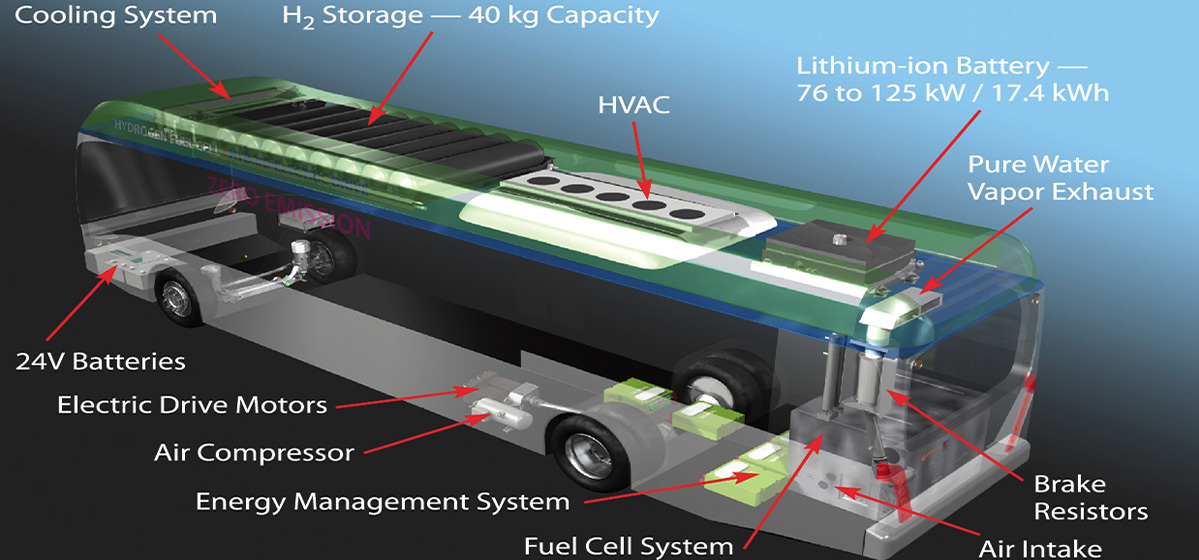CORVALLIS, Ore. – The W.M. Keck Foundation has made a $1 million grant to Oregon State University to study new types of materials that can change shape when exposed to light, and might create an innovative way to store hydrogen.
The research will be done in the School of Mechanical, Industrial, and Manufacturing Engineering at OSU and the Department of Chemistry at Ohio University.
“We’re excited about the possible applications of these materials,” said Brady Gibbons, an OSU associate professor of mechanical engineering. “They can absorb and store hydrogen like a sponge, but also squeeze themselves when light shines on them.”
This could make the materials useful to store hydrogen. Hydrogen fuel cells are one of the most promising technologies for automobiles of the future – producing only water as a byproduct when they generate electricity – but storage of the hydrogen is a primary challenge in meeting auto industry requirements.
Other applications may include gas separation, carbon dioxide capture, environmental monitoring and solar energy conversion and storage.
The shape change in the materials is caused by photoisomerization.
“Photoisomerization is very common, it’s the chemical process that our eyes use to see,” said Alex Greaney, the principal investigator and an OSU assistant professor of mechanical engineering. “We hope to design materials that can harness the process in a directed way, to create light-driven changes in shape, porosity or properties."
Other collaborators are professors Rob Stone and Irem Tumer from the OSU College of Engineering and professor Jeffrey Rack from Ohio University.
The grant to Oregon State comes as part of The Campaign for OSU. University leaders announced in January that campaign donors had pushed the campaign past its $1 billion goal with 11 months to spare, making OSU one of only 35 public universities to achieve the billion-dollar milestone in a campaign.
